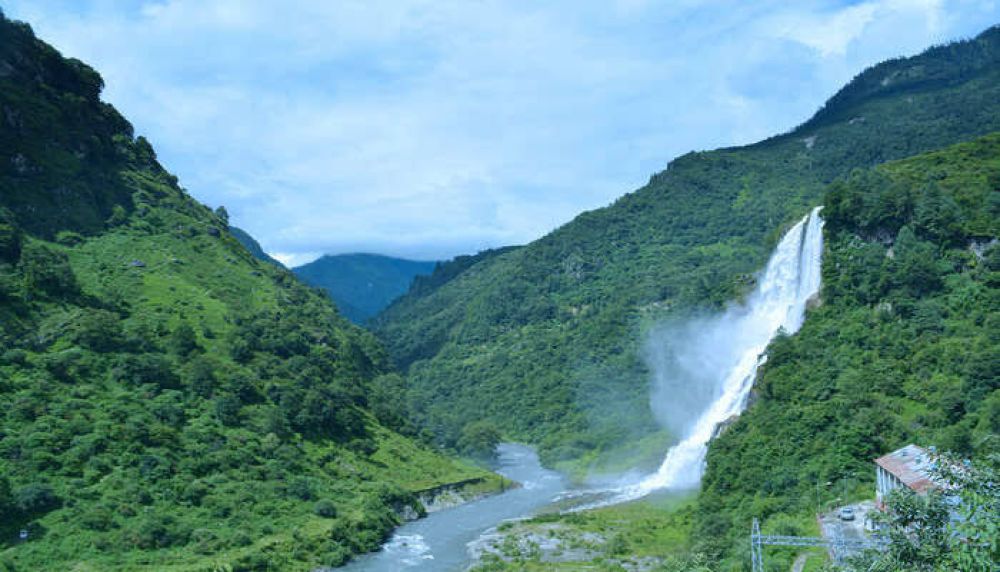

The Nuranang Waterfall, also known as the Bong Bong Falls, is one of the most magnificent and pristine waterfalls in India. Located in the Tawang district of Arunachal Pradesh, this waterfall is a hidden gem that has been gaining popularity with visitors in recent years. It is situated about 2 kilometers from the town of Jang on the way to Tawang, and is roughly 100 meters high. This spectacular waterfall is both a source of beauty and mystery for tourists and locals alike.
Tourism at Nuranang Waterfall was not always as prominent as it is today. For many years, the waterfall was known only to the local residents and a few intrepid travelers. However, with the increased interest in offbeat and picturesque destinations among tourists, the waterfall has gradually made its mark on the tourist map.
The history of tourism in Tawang itself goes back to the time when this area was lesser-known to the outside world due to its remote location and sensitive border proximity. After the Indo-China war of 1962, the region started gaining attention due to strategic reasons. It was only much later that its tourism potential was realized. The beautiful landscapes, rich Tibetan Buddhist culture, and ancient monasteries like the Tawang Monastery played a vital role in attracting tourists to the region.
Nuranang Waterfall started gaining more visibility post the 1990s when infrastructure in the Northeast region of India began improving. Increasing road connectivity and tourism promotion by the Arunachal Pradesh government have made this waterfall more accessible to tourists.
In recent years, there has been a significant shift in the tourism trends around Nuranang Waterfall. With the rise of social media, more travelers are seeking out unique and Instagram-worthy destinations to visit. Nuranang Waterfall with its breathtaking beauty has become a favorite among photographers and nature lovers.
Eco-tourism has also become quite popular, with tourists showing increasing interest in the rich biodiversity of the Northeast. The awareness of the need to preserve such natural beauties has led to more responsible tourism practices in the area. Local communities are also more involved in the tourism sector now, offering homestays and guiding services, which provide an authentic cultural experience to the visitors.
Adventure tourism has seen a rise, with many tourists combining their visit to the waterfall with trekking, mountaineering, and exploring other natural attractions in Tawang like the Sela Pass and the high-altitude lakes.
Cultural tourism is another trend as visitors show enthusiasm in exploring the nearby Tawang Monastery and participating in local festivals like the Losar Festival and Torgya Festival. This cultural connection adds to the charm of visiting Nuranang Waterfall, making it not just a natural retreat but also a place to experience the traditions of Arunachal Pradesh.
It's important to note that despite the growth in tourism, Nuranang Waterfall remains relatively uncommercialized compared to other tourist spots in India. This preserves its natural beauty but also calls for responsible tourism to maintain its pristine condition.
In conclusion, Nuranang Waterfall continues to enchant visitors with its majestic cascade and serene ambiance, providing a refreshing escape into nature’s lap and a glimpse into the cultural tapestry of Tawang in Arunachal Pradesh.